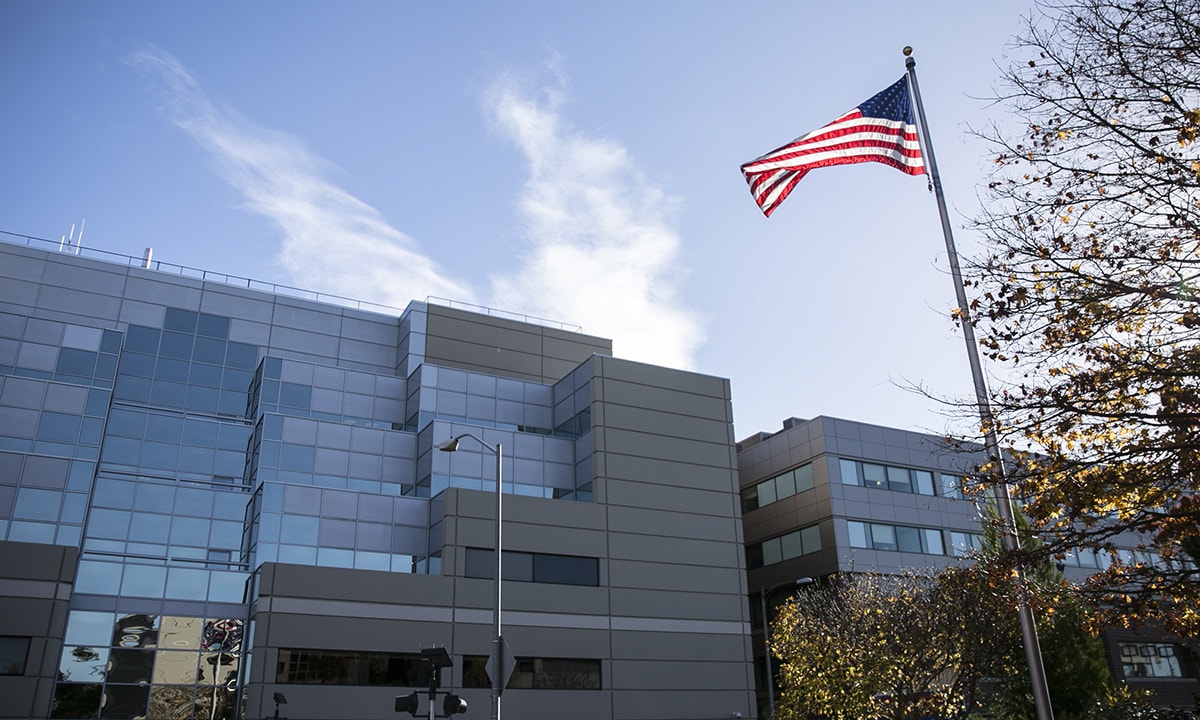Laser ablation technology for brain tumors and epilepsy now offered at Tacoma General

Advances in medical technology are allowing more and more neurological ailments to be treated without surgery — yet when brain surgery is required, it can still mean invasive techniques and long recovery times.
But at MultiCare Tacoma General Hospital there’s now some exciting news for patients who do need brain surgery: a new minimally-invasive tool that allows surgeons to operate on the brain using focused laser energy (called laser ablation).
The new surgical tool — called Visualase — is capable of treating otherwise inoperable deep brain tumors and epilepsy, and is now available in operating rooms at Tacoma General.
Tacoma General is the first hospital in the South Sound to offer Visualase technology.
How Visualase works
For decades, doctors have used laser ablation to treat conditions in parts of the body other than the brain, such as varicose veins in the legs. Now, neurosurgeons can use this type of treatment on the brain using the Visualase technology.
Visualase is a small, flexible laser applicator that allows surgeons to deliver light energy through a laser fiber to a targeted soft tissue area under the guidance of MRI imaging technology.
Using the MRI, the surgeon sets temperature limits that act like boundaries around targeted tissue, while monitoring real-time images that show tissue temperature. The surgeon can then control the amount and duration of laser energy delivered to a lesion, protecting healthy tissue while delivering just enough laser energy to damage the lesion.
“This is a minimally invasive way to treat brain abnormalities that helps increase safety for the patient,” says Bill Morris, MD, Chief of Neurosurgery at MultiCare.
Breakthrough treatment for brain tumors and epilepsy
In traditional brain surgery, surgeons must often perform an open craniotomy, in which a section of the skull is removed to access the brain underneath. The Visualase tool requires only a pinhole opening in the skull, which is created with a small incision and closed with minimal sutures — usually just one stitch.
Visualase allows for removal of certain tumors that are so deep they would otherwise only be treatable with radiation — often allowing patients to avoid radiation entirely. And epilepsy patients can receive treatment for their condition without the risks of open brain surgery such as infection and injury.
“Frequently when there’s a part of the brain causing seizures, some sort of operable approach is possible. With Visualase, we can accomplish this without the need for a big operation,” says Dr. Morris. “If patients are worried about a large surgery, they might be more open to this approach.”
Benefits to patients
Visualase offers many benefits to patients, including:
- A minimally invasive procedure involving a small incision and opening in the skull
- Minimal sutures, typically only one stitch
- Little or no hair removal
- A shorter procedure time
- A shorter recovery time and hospital stay — typically only one day
- Reduced scarring compared with open surgical procedures
“The Visualase tool will help MultiCare stay on the forefront of technology,” says Dr. Morris, “and help us ensure that we’re delivering the most appropriate treatments available to our patients.”



